This edition of the Soviet Space Substack covers several items, reflecting recently released, and recently found data.
LKM Advanced lander
The Russian archive RGANTD has recently declassified some more information on the lunar program. Available information is incomplete at the moment - I’m hoping for more info soon, but that might not happen.
The LKM was a lander design planned for later missions. It would involve two N-1 launches, and would be assembled in Earth Orbit, for a direct ascent, Direct return mission. This was pencilled in for the N1-17L launch and the N1-18L launch. In this Soviet Substack post I’m covering 3 of the alternative designs that did NOT go forward. It seems that at this point they were brainstorming configurations, and none of these made the cut.
I have a great illustration of the design that did go forward, I’m really hoping for more background on that, and am saving it for a future substack post. I have some messy text to go with the image, which will need careful OCR and translation.
On with the rejected concepts! These appear to date from late 1970 or early 1971. (While the N1-7L was being prepared, to put it in context).
This first concept is perhaps the strangest. Note the weird tube connecting the descent module, on the top, to what appears to be the work area for use while on the Moon. I assume that this is an airlock of some sort, so that the cosmonauts can transfer to the descent module, without a spacewalk.
I am completely confused by the large tube that appears to connect the lower toroidal tank to base of the living compartment. I must be misinterpreting it, but I have no idea what it might be. If you have any ideas, please reply in the comments.
The second variant is at least easier to understand.
For this variant the descent module has moved inside the living module, again removing the need to spacewalk between sections. Note the LONG ladder up to the airlock on the side of the habitation module. I’m not clear on what the torch-shaped structure is at the top. My best guess is that it is part of a system to clear the shell of the living module from around the descent module.
You will notice that the key parameters are the same for all 3 versions, which makes me think that these were defined separately, and these concepts were options of the best way to meet the requirements.
The third variant is the easiest to understand. There’s still a long ladder to the airlock, but it’s not as steep, with the first section supported by one of the lander legs. On the opposite side to the airlock, you can see where the pilot stands to guide the craft down to a successful landing.
Again, it looks like the descent module is contained within the living compartment.
But what is the flat plate shown on the top of the craft? The obvious interpretation is that it is a docking plate, as seen on the LK Lander. In that case, what I am interpreting as a descent module is probably a fuel or oxidiser tank.
Teaser for next time!
N1-19L, N1-20L, Mars Mission
There’s also a mention of the mission for the next pair of launches. This is a Mars sample return mission! (Not crewed).
Early Soviet Rockets.
Again, this section will be followed up at a later date with more information. I’ve found some good sources for more information on the work of GIRD in the 1930’s, and other related groups. GIRD was a group of scientists and engineers, created to study the possibilities of Rocket Propulsion, led by Sergei Korolev, who went on to become the Chief Designer of the Soviet Space program.
For this post, I’m going to post some plans and diagrams - I think these will be useful to those of you who make model rockets. I’m not at all sure how many of you will be interested in material from this far back, so please let me know in the comments.
These illustrations are via some old books and the ARRAN Russian archive.
GIRD 06 Rocket
Original and improved designs, as always, click for a larger version. Cleaned and enlarged by me. Any English captions are also by me.
GIRD 09 Rocket plans.
GIRD 07 Rocket
Definitely the strangest of the designs.
This edition’s Cool Photos
The photos in this post are of Andriyan Nikolaev, the cosmonaut who flew the Vostok 3 mission. You can find out more about the mission here.
This Editions Cool Link
The photos above are from an online album at the Russian archive ARRAN.RU
Many, many cool photos from the life of the Third Cosmonaut, including the photos I posted above.
That’s all folks!






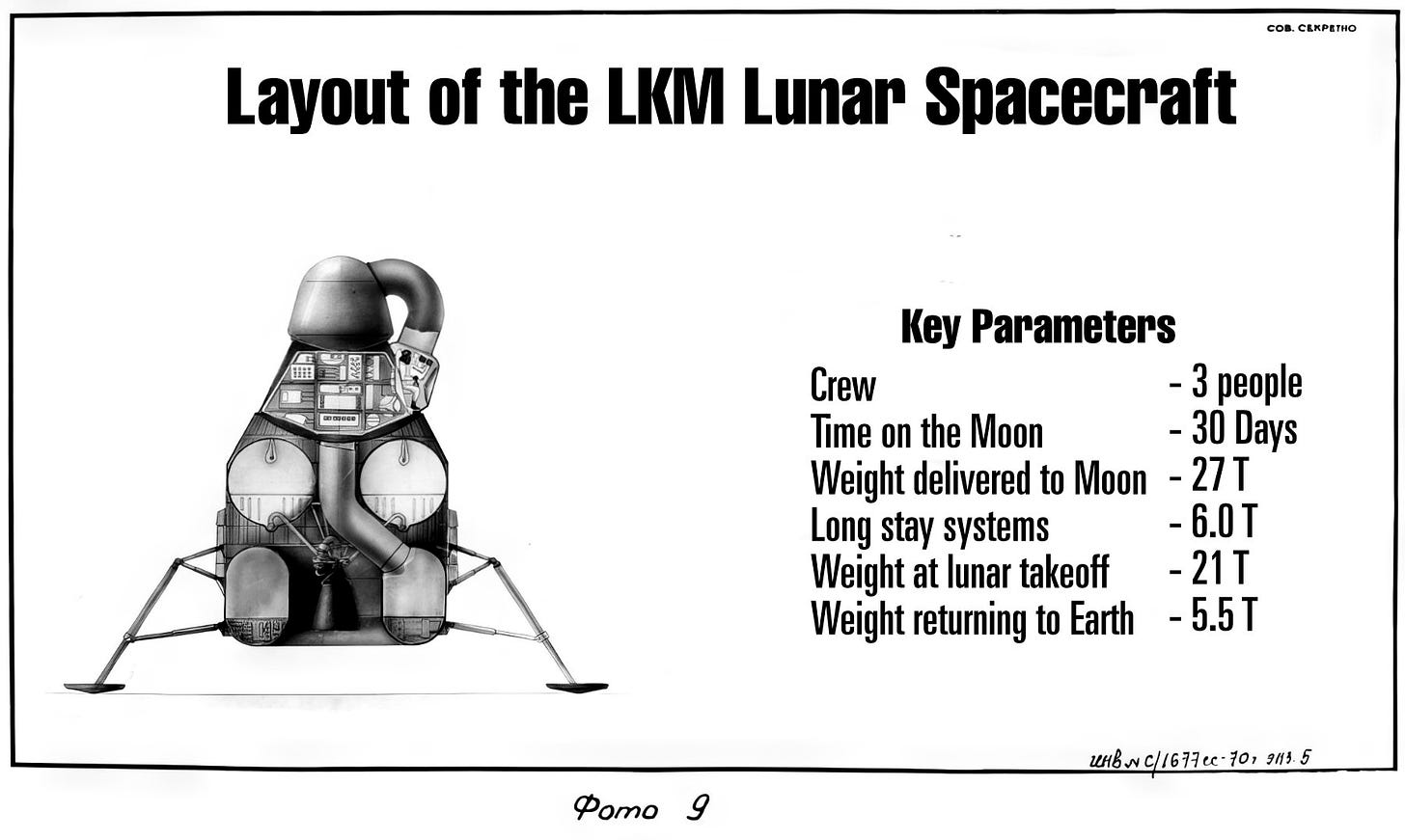
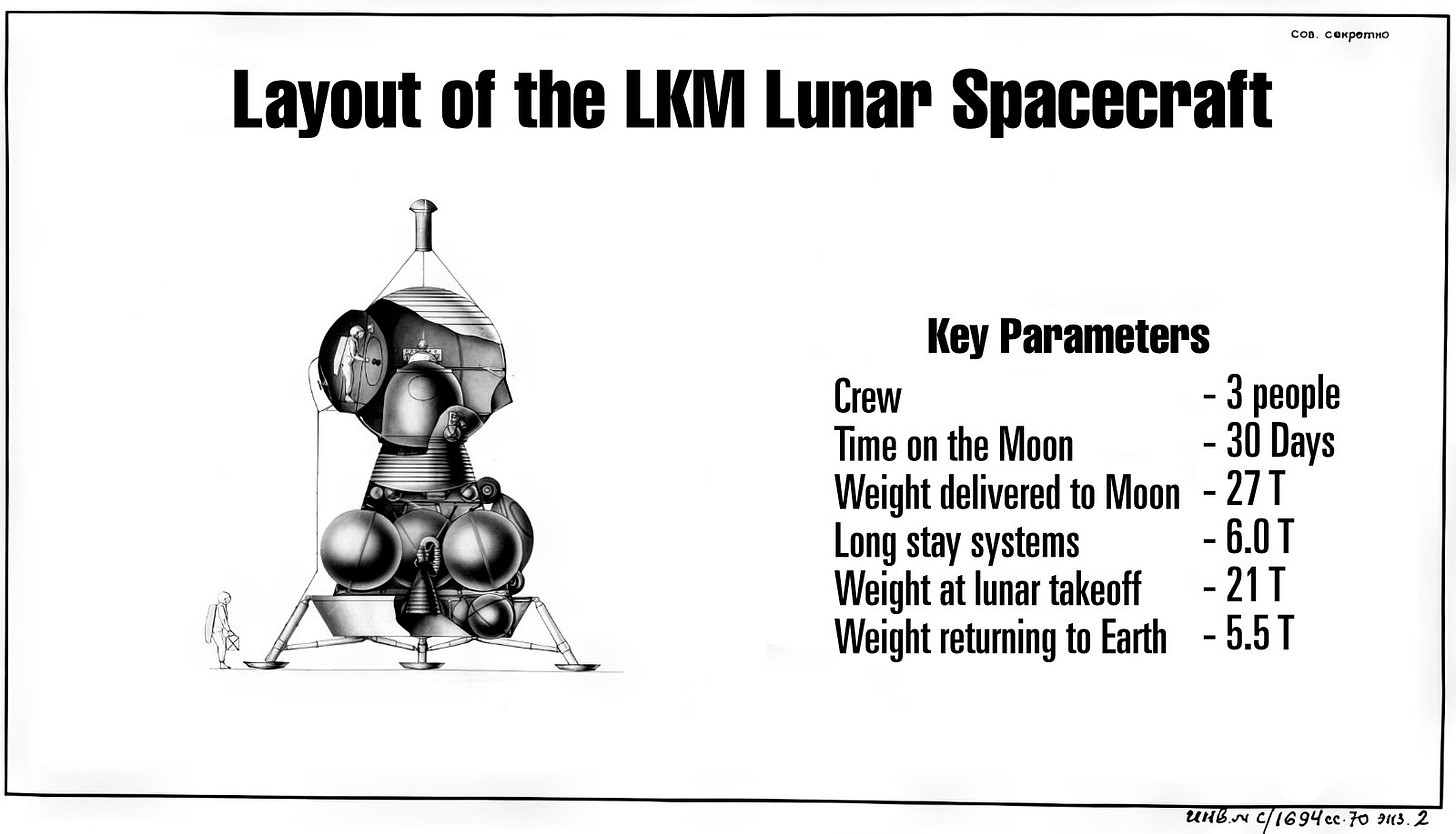
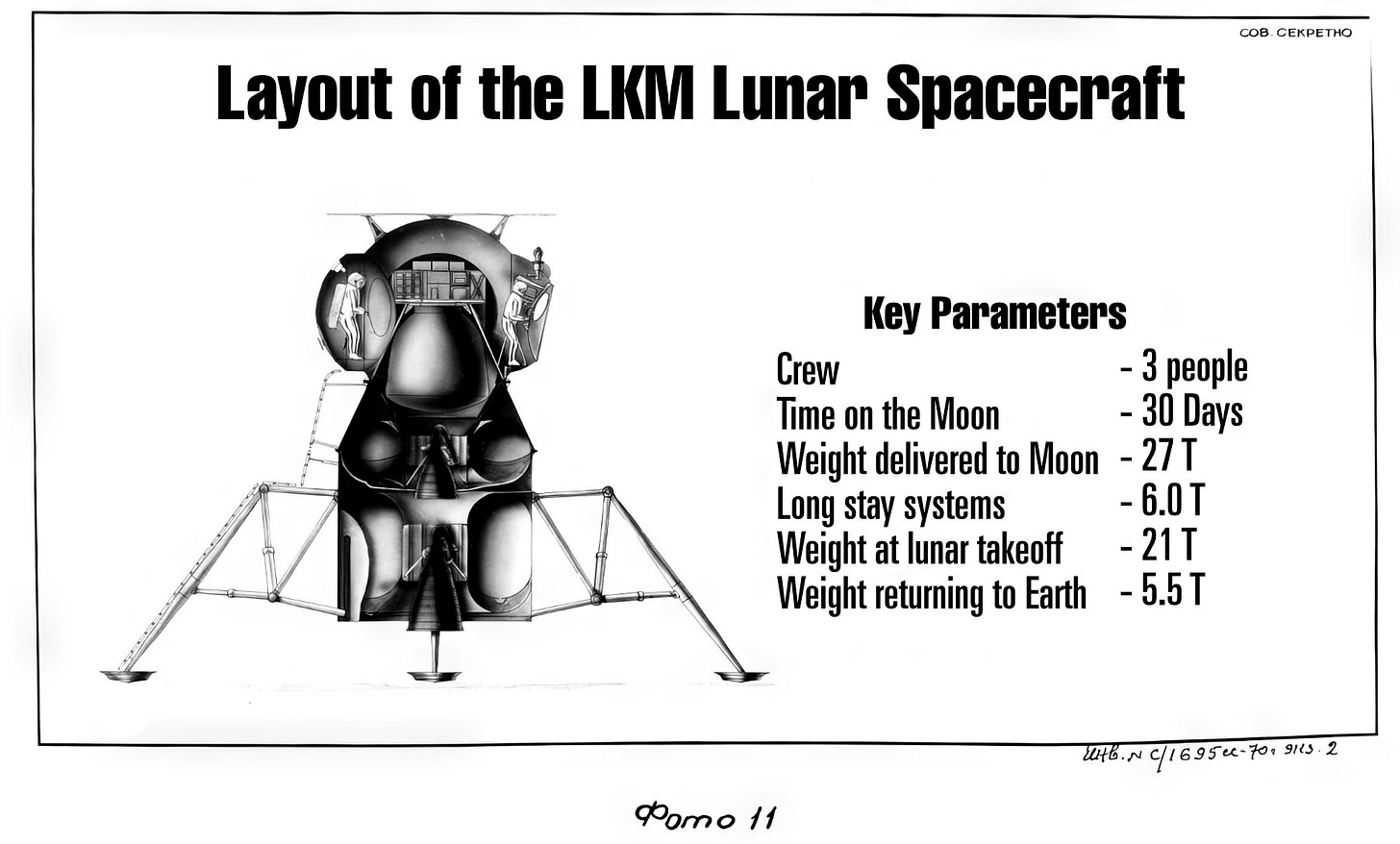
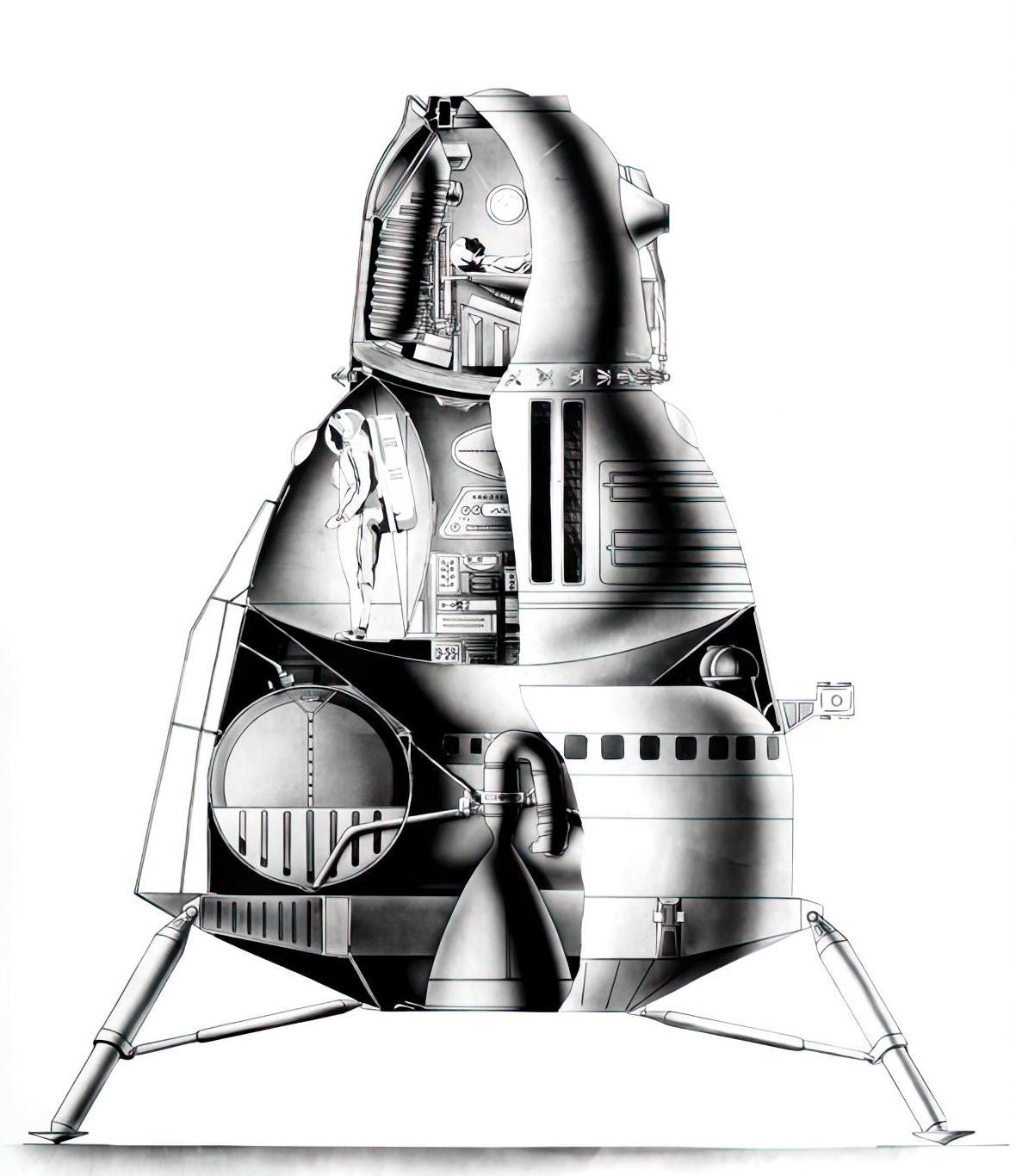
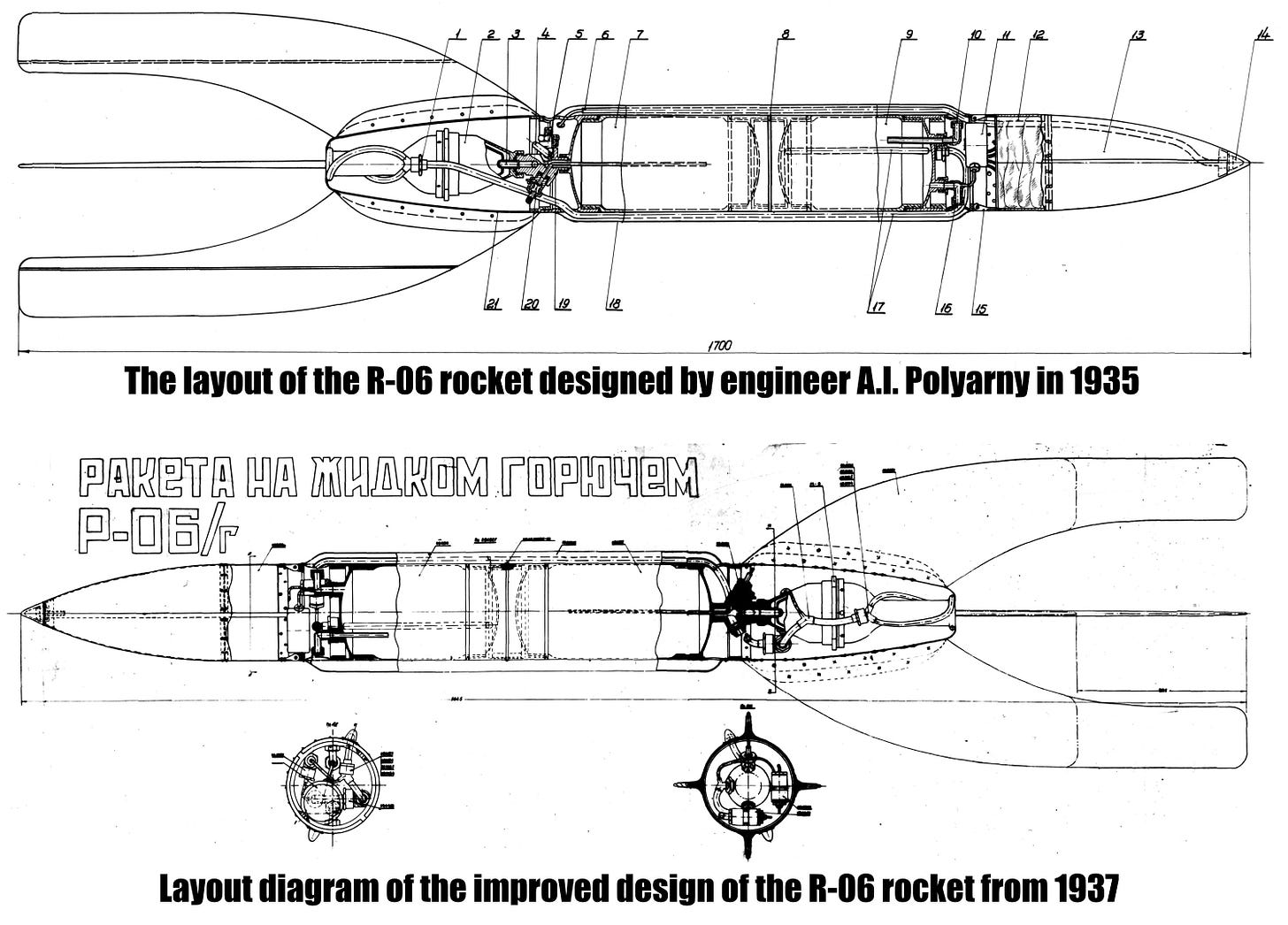
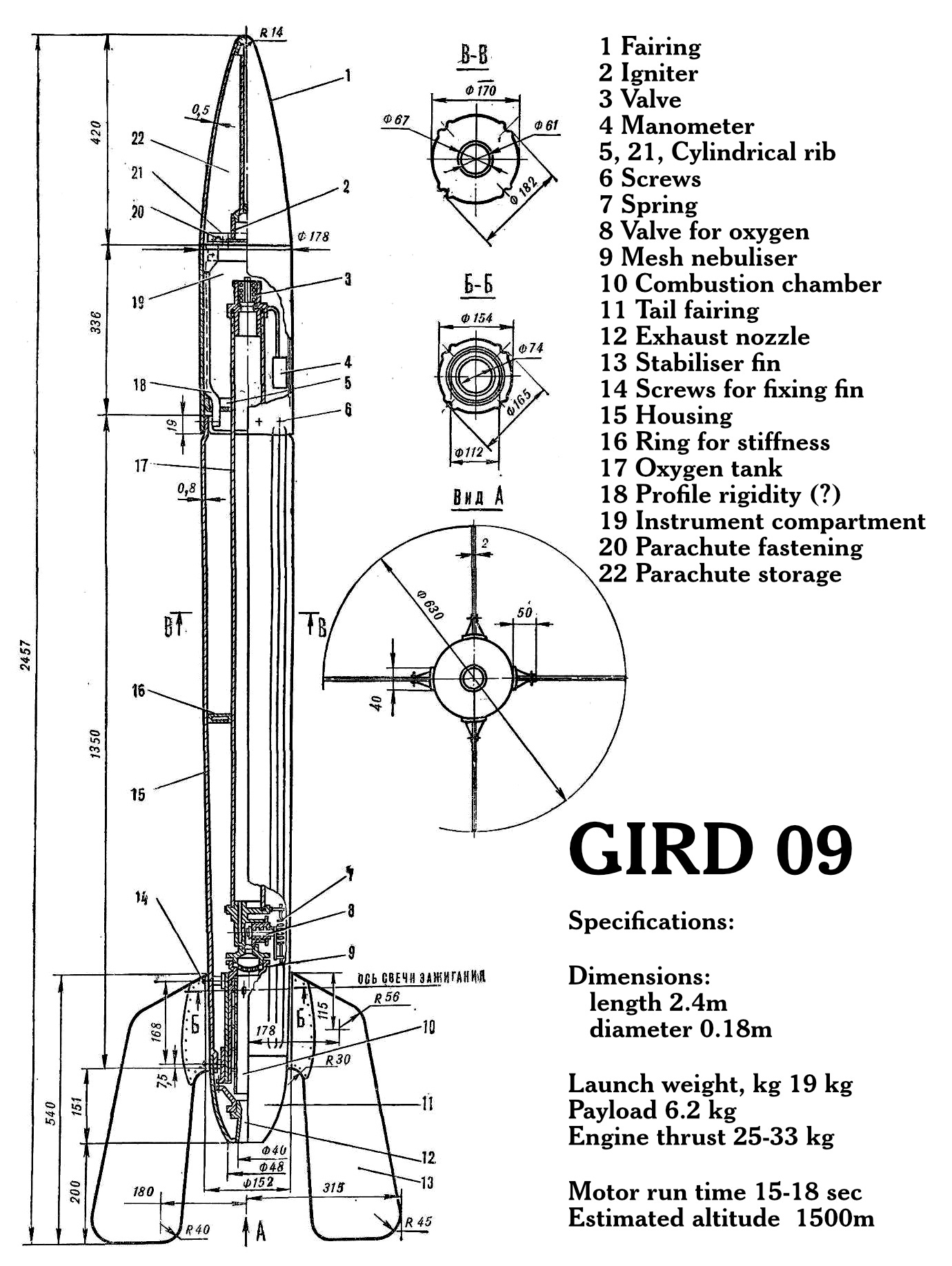
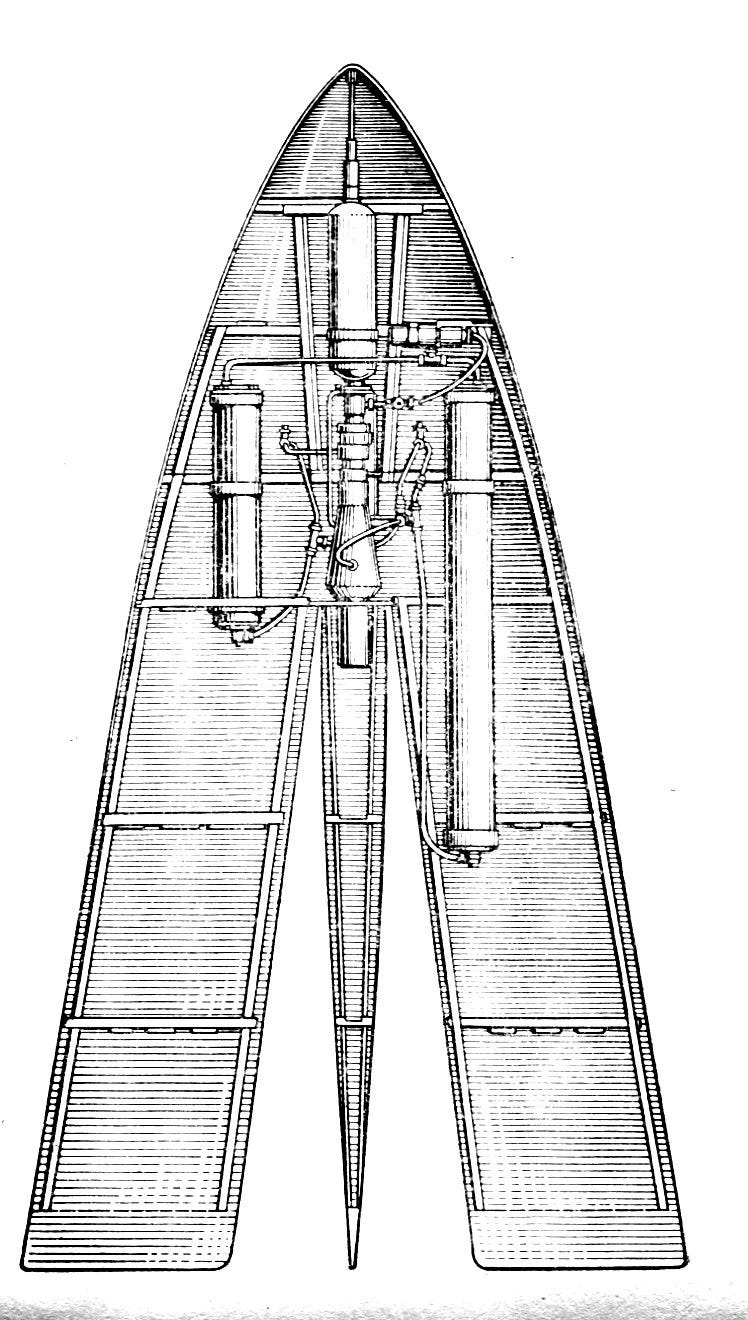
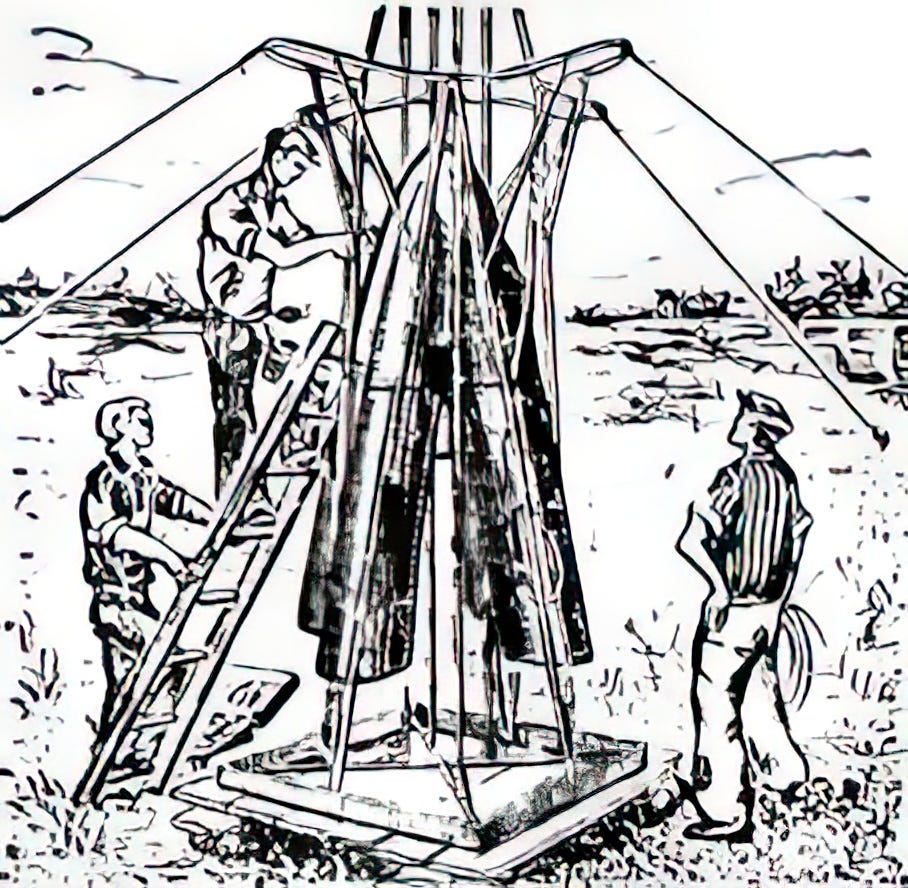
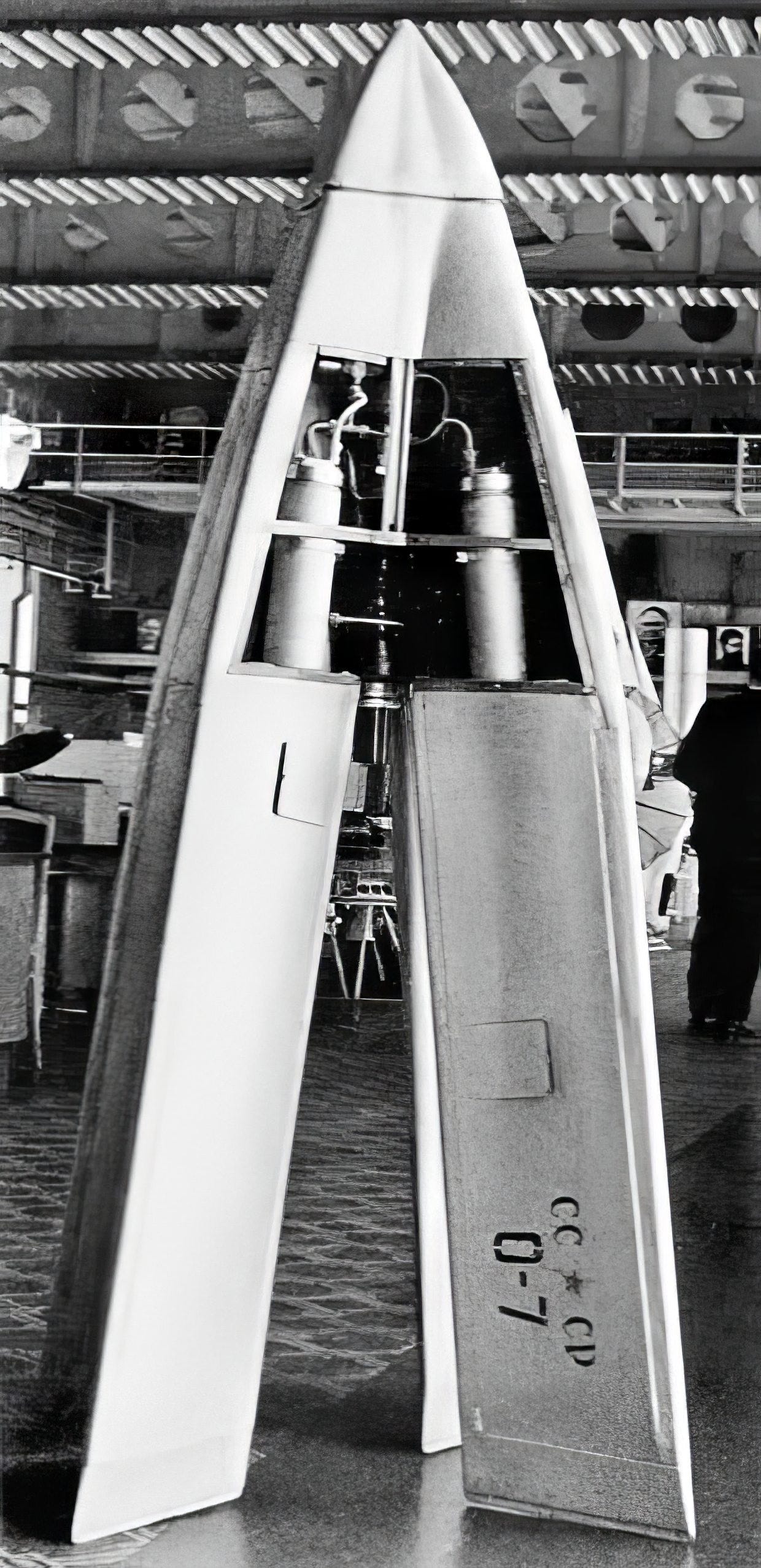
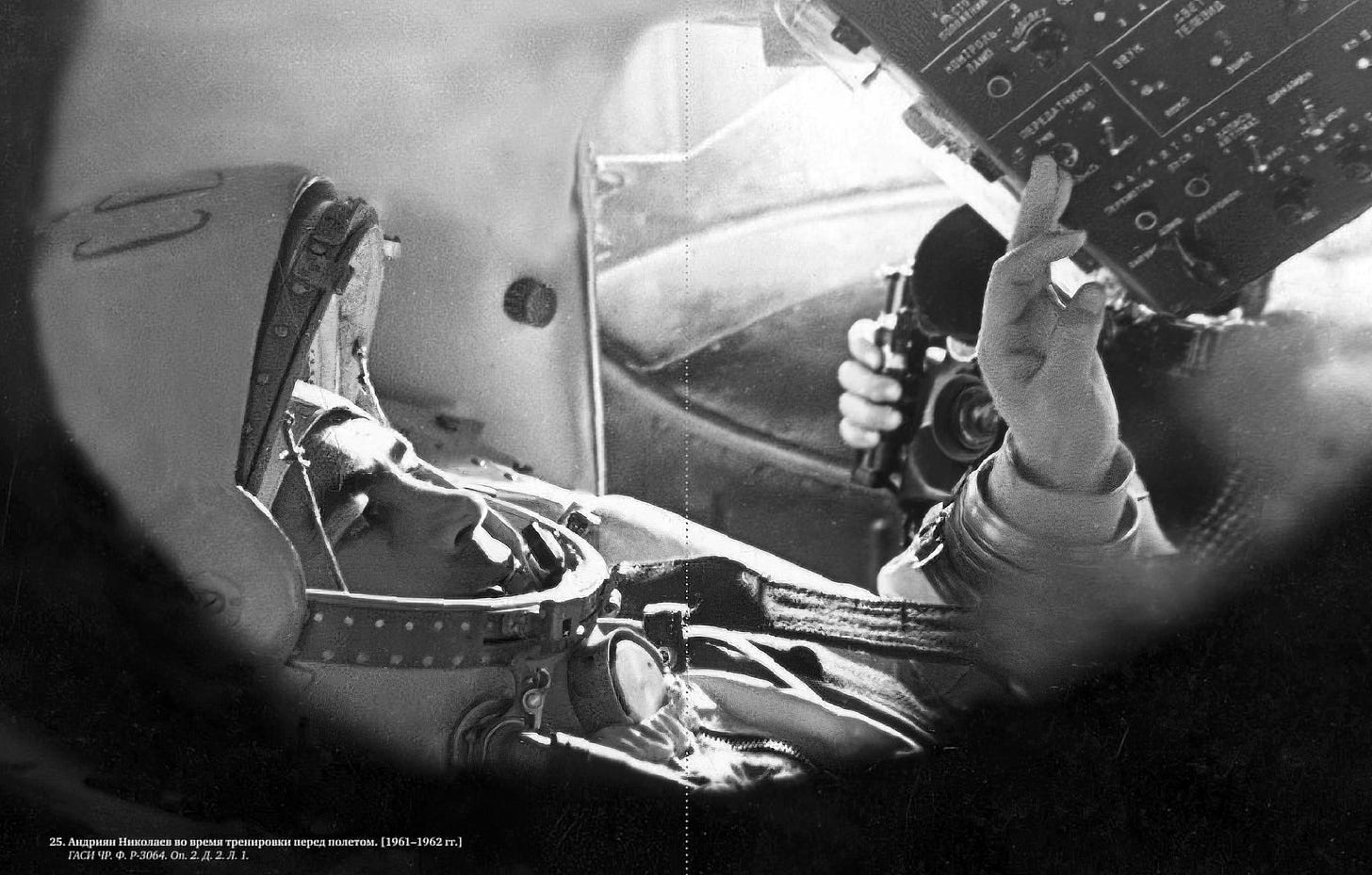
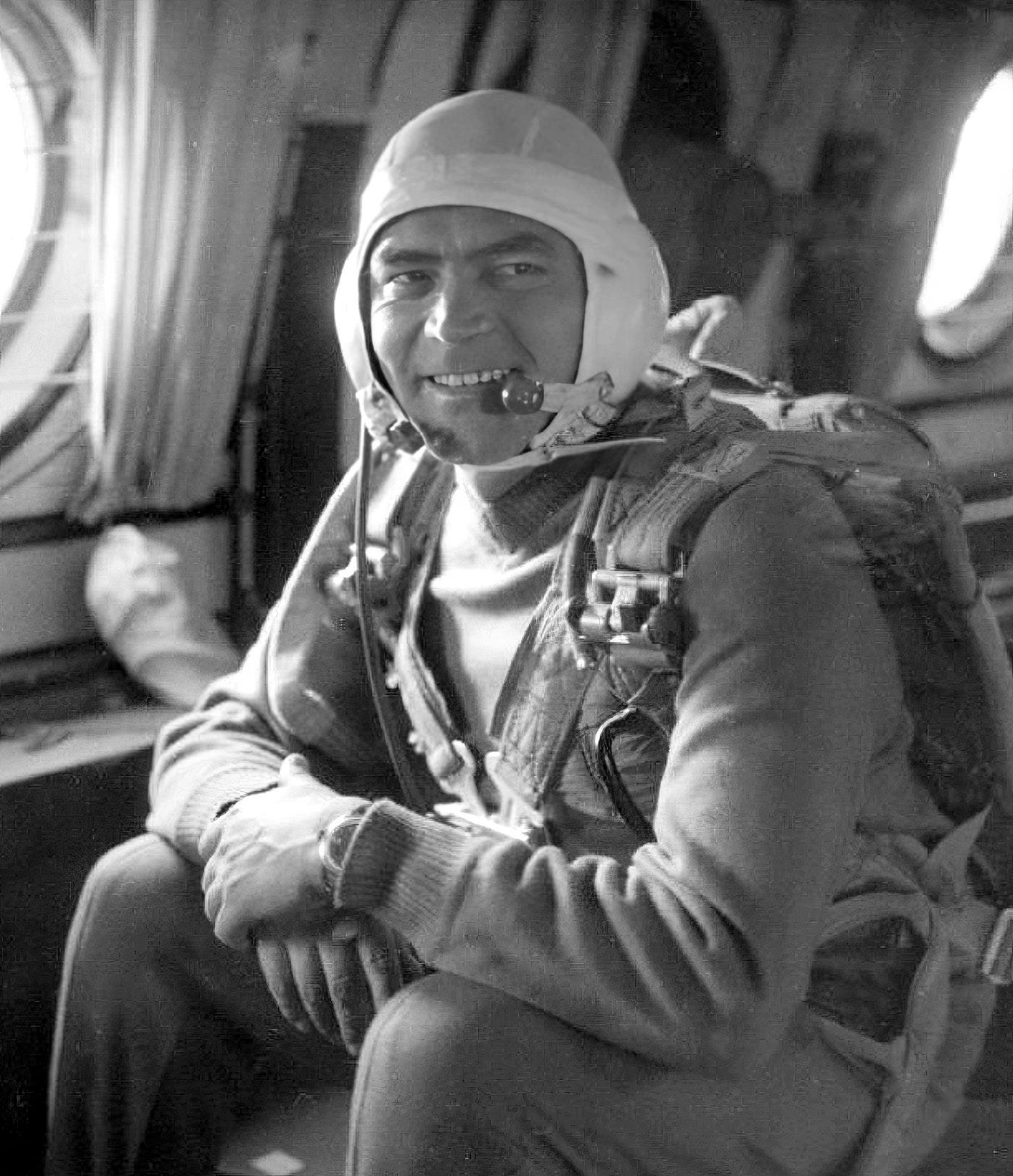
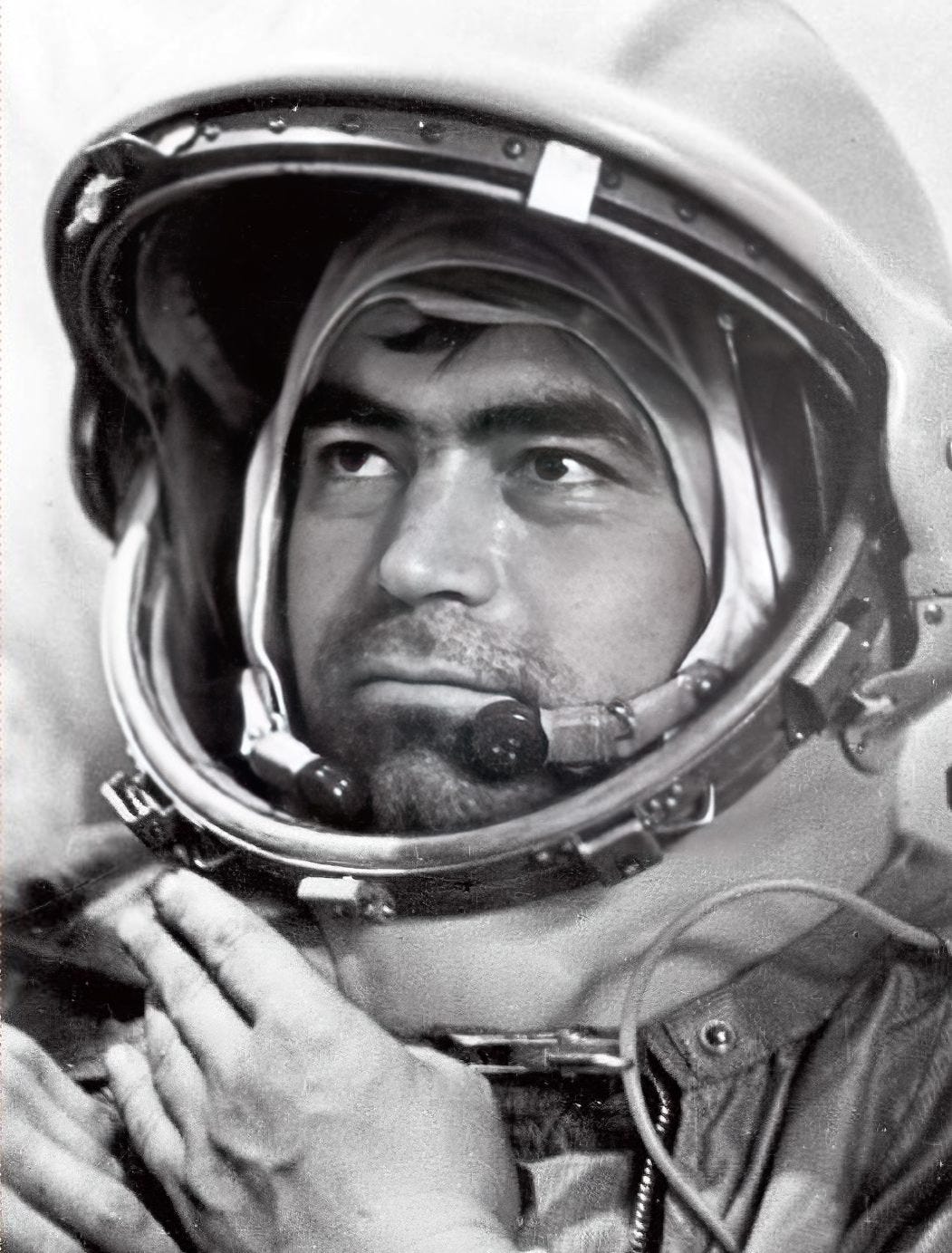
What I could imagine for the 1st design from the connecting tube to the upper capsule, that the "toroidal tank" could have been planned not as a tank, but as a ring shaped working space for the duration on the moon, only to be pressurized and accesible after landing. Similar to the upper "look out" cap extension on the nose, since there is no visible connection to the engine or alike and that circular shape seems to have a straight floor with some "stuff" (instruments, storage space?) beneath it, which wouldn't make much sense for a tank I'd presume.